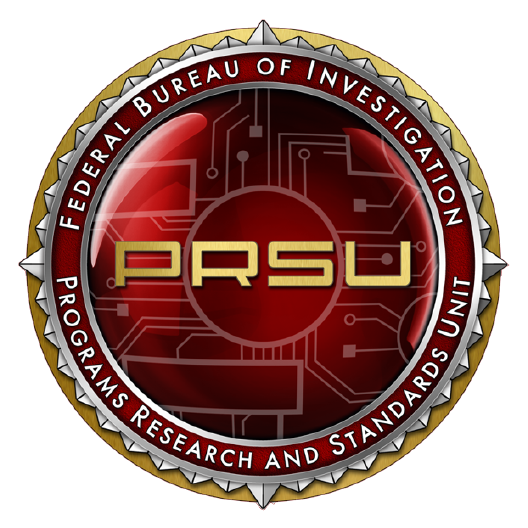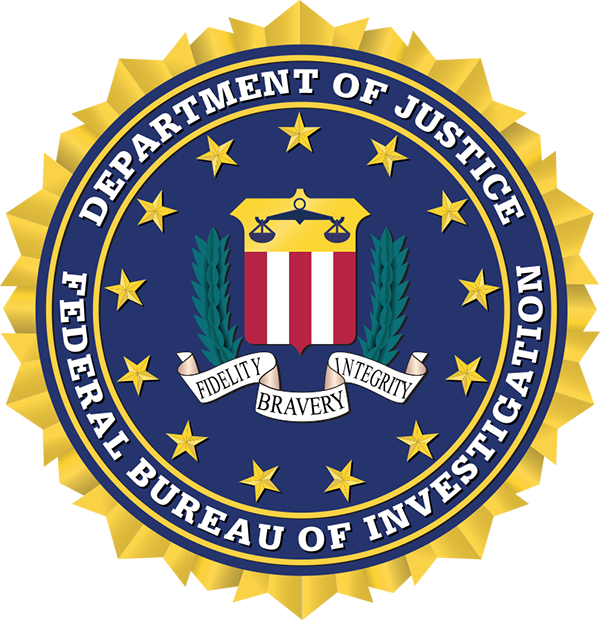Postmortem Palm Printing
 3 POSTMORTEM PALM PRINTS FINAL.mp4
— 150497 KB
3 POSTMORTEM PALM PRINTS FINAL.mp4
— 150497 KB
Video Transcript
Bryan T. Johnson, Major Incident Program Manager, Latent Print Unit, FBI Laboratory Division: Welcome to another installment of the Postmortem Fingerprinting video series.
In this video, we outline taking postmortem palm prints. While the common focus is to capture postmortem fingerprints for identification, the palms are much more resilient and will commonly last longer through the decomposition process or when subjected to perimortem trauma. As the databases housing known prints continue to advance, the use of palm prints is becoming more commonplace. Many states now capture palm prints for arrestees, which can be searched against for identification just like a fingerprint would. Hopefully, after watching this video, you'll be more knowledgeable about taking postmortem palm prints and feel encouraged to do so, especially when the fingers are compromised.
Lastly, we would like to thank the District of Columbia Office of the Chief Medical Examiner for their collaboration and participation in this series, ensuring that everyone watching is provided with the tools needed to identify unknown deceased everywhere.
The process of capturing postmortem palm prints is essentially the same as taking inked fingerprints. First, the hand should be examined and visually inspected for any kind of damage or imperfections that need to be addressed. The hand should also be clean, dry, and free of any debris. When printing full palms with ink, the best method is to roll the ink onto the hand with an ink roller because it would be very difficult to use a Porelon pad to evenly coat the whole surface of the hand.
To do this, it is best to roll out a thin layer of ink onto a piece of glass, metal, or thick plastic. A transparent surface allows the technician to be able to monitor the ink thickness. There should be light transmitting through the back of the glass platen if there is not too much ink present. If there is excess ink, some ink should be wiped off with a paper towel and the platen rerolled without applying more ink to smooth it back out. Once the ink and roller are prepared, the roller can be used to directly apply the ink to the whole hand. The hand should be evenly coated, and all creases and wrinkles should be filled in. Even though the palm print is the priority, the whole length of the fingers and the fingertips should also be inked to achieve the most complete capture. This will also allow for the palm print to be identified and associated with any other ten-print cards taken.
There are a couple different ways to perform this technique once the ink has been applied. There are official FBI palm print cards that have designated spaces for each part of the palm. Alternatively, a white piece of card stock or even printer paper can be used to capture the whole hand. One way to apply the card is to use a tube or rolling device. The other is to perform a direct flat capture, wherein the hand is pressed straight down on the card and then lifted without any rotation or shift to alleviate distortion and smearing. This does work well but does not give the technician as much control. By rolling around the tube, the skin only comes into contact with the card once and leaves a cleaner impression behind. Both methods can produce an effective recording of the palm.
For hands with finer ridges or partial decomposition, the technician can instead use black powder and a full-page adhesive lifter, similarly to the fingerprinting process. It is inevitably a less clean process, so care should be taken not to distribute powder on other surfaces in the surrounding areas. The powder should be lightly and evenly distributed covering the whole hand in the same way that the ink was applied. A disposable foam brush also works well to spread the powder more quickly than a small camel hairbrush would. It is not necessary to heavily apply the powder, but if the first lift is incredibly dark, simply lift it again without reapplying powder. For proper palm prints, the lift should be recorded all the way down to the bracelet crease. That's the natural line of the palm, where the friction ridge skin ends. Everything else from that crease and up has recordable friction ridge skin.
Once the palm is fully and evenly coated with powder, it is placed down onto the lifter and then carefully peeled up. The end result is a much cleaner, nicer, fully rolled palm with very little distortion and all of the areas captured. The lifts can also be placed on the roller tubes if desired. If taking full major case prints, the other sections of the palm to record are the extreme edges of thenar and hypothenar separately. This is essentially both extreme sides of the palm. This can actually be added to the same lift if there is appropriate space. If not, the writer's palm and thenar pad of the hand can be recorded on a second lift or card.
Standard major case prints would also include full rolls of all the fingers and fingertips. The extreme side of the palm is powdered and applied onto the surface, rolled outward, and then gently removed. Because this is an adhesive lift, it will require acetate to be placed over the lift to preserve it. At that point, the technician can write directly on the acetate or the back of the lifter to document who took the prints, when it was done, and any relevant case information. It should be noted that even though this does capture a partial recording of all the fingers, a full standard ten-print card should still be recorded separately. A full ten-print record, such as this, which captures the finger rolls and the plain impressions, is needed for proper identification and retention. It also helps automate the identification process because it complies with the expected database formats.
For more information on the fundamentals of recording finger and palm prints, visit the Recording Friction Ridges e-Learning Module website. On this site, there are tutorials, pictures, and guides that can help understand taking prints of the living, which can then be applied to postmortem printing as described in this video series. There are also helpful tips and resources for ordering fingerprint cards for qualifying agencies.
Palm prints are a valuable and overlooked tool. Especially in the case of high-impact trauma, they're much more likely to survive intact than fingers will. Due to the increase in palm print collection in many states, they can be just as effective as fingerprints. It is important to know if your state collects palm prints as part of the booking process so that they can be used more frequently. Palm prints often also survive fire incidents and may be the only method of forensic identification that is available. If the fingerprints are viable, there is rarely a need to take palm prints just for identification purposes, but if the fingers are compromised, it can lead to an easy win and is good practice.
We encourage you to watch the remaining videos in this series so that you may learn rehydration and reconditioning techniques that can further assist in obtaining the prints needed to identify the deceased. We also encourage you to reach out to the FBI Laboratory with any questions you may have regarding this content or any case-related questions we may assist you with.

